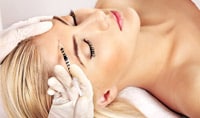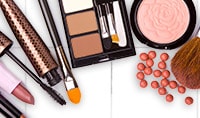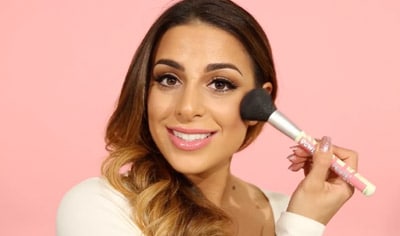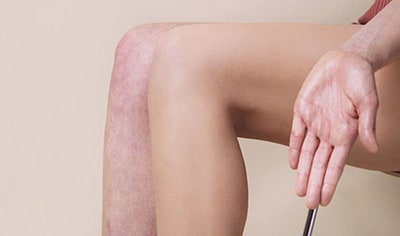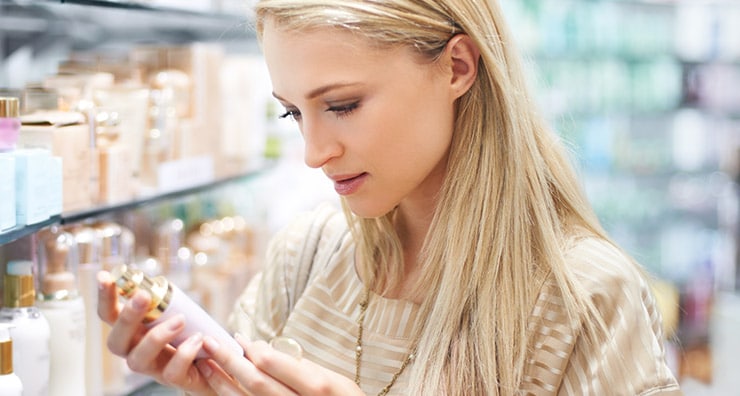
When you look at the label on your skin care products, you’re probably searching for a special active ingredient, like peptides, growth factors or hyaluronic acid. But you’re also looking at what’s not included on that list, like parabens. Before you write this buzzworthy ingredient off, Dr. Joel Schlessinger, board-certified dermatologist and CEO of LovelySkin, is here to share what parabens are and what purpose they serve in your products.
1. Parabens are preservatives.
Parabens are widely used as preservatives to keep your skin care products fresh. For nearly 70 years, these ingredients have been used in countless household items due to their antifungal and antibacterial properties, preventing the growth of mold, fungus and bacteria. It’s estimated that 85-90% of the personal care products we use every day are made with parabens, including toothpaste, deodorants, shampoos, moisturizers, makeup and more. Many products contain a group of three parabens to preserve the formula. You’ll see these listed on the label as methylparaben, propylparaben, butylparaben, ethylparaben and isobutylparaben.
2. The FDA has determined that parabens are safe.
Safety concerns over parabens arose in the 1990s when parabens were labeled xenoestrogens, meaning they have the ability to mimic estrogen in the body. Parabens have been studied as a cause of breast cancer. The studies are inconclusive, but due to this, many brands (including our flagship line, LovelySkin LUXE) are taking parabens out of their products. At this time, the U.S. Food and Drug Administration has determined that parabens are safe when used as preservatives at their current levels, but clearly further research is needed.
3. Other preservatives may not do as good a job as parabens.
Preservatives are absolutely essential in skin care products. Many products sit on the shelf for up to six months before you even purchase it, then sit on your shelf, vanity or bathroom counter for another year. In order for these products to be safe for you to use, they need to have preservatives.
Though parabens are falling out of favor by many, one of the replacements for parabens—methylisathiozolanone (MI)—may be even more problematic when it comes to skin health. With MI being used increasingly more often in place of parabens, dermatologists are seeing a host of allergic reactions. They’ve discovered that if a patient is allergic to MI and they use a leave-on product containing it, they may be sensitized for life. This means that if they were to pick up a wash-off product that contains MI, such as a cleanser, their skin still wouldn’t tolerate it. We have used phenoxyethanol and ethylhexglycerin in our newer formulations, which seems to do well and not have the allergic reactions that sometimes come with other paraben substitutes.
4. Many companies are removing parabens from their products.
Because of the safety concerns, many manufacturers have reformulated their products to meet customer requests. In fact, our very own LovelySkin LUXE products use phenoxyethanol and ethylhexylglycerin in place of parabens. Phenoxyethanol is one of the gentlest preservatives available as it rarely causes allergies or skin irritation. When paired with ethylhexylglycerin, it’s effective against bacteria, yeast and fungi.
Do you have questions about parabens? Share with us in the comments below, or on Facebook, Twitter and Instagram using #LovelySkin!
How to Use Toner as a Setting Spray and ...
How to Choose the Perfect SkinCeuticals ...
Follow us on social
Follow us on social networks and be one of the first to learn about sales, giveaways, and free samples

